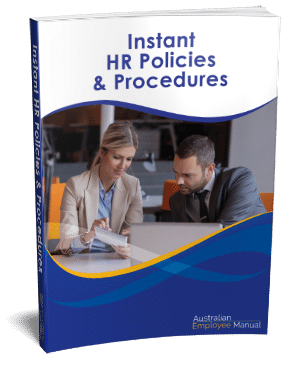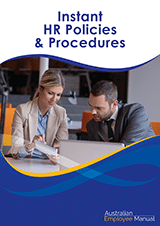Some of the commonest searches on Google by employees for human resource matters relate to employer obligations concerning payslips. Your staff may not ask you directly if they have a question – but they will ask Google.
Here are some of the most common questions asked on Google about payslips in Australia.
As always, it helps to start with the Fair Work Ombudsman when understanding your legal obligations relating to payslips and human resources. They even have a free online course to help you keep the right records for your employees.
Are payslips compulsory?
Accurate and legally correct payslips are compulsory in Australia for all employees and must be provided by their employer within one working day of pay day.
What happens if I don’t give my employee a payslip?
If you don’t provide accurate payslips to your employees within the legally mandated time, Fair Work Inspectors can issue you an infringement notice and fine you for non-compliance.
Also, you can be taken to court where the onus is on you to prove that you have not underpaid your workers.
Penalties awarded by the court can be up to $63,000 per contravention for the organisation and up to $12,600 personal penalties for managers/bookkeepers who were involved in the payslip breaches.
If the court considers the breaches to be part of a pattern and occurred knowingly, then penalties are $630,000 for the corporation and $126,000 for individuals.
What should a payslip show?
Pay slips must contain details of the payments, deductions, and superannuation contributions for each pay period. The following information must be included on all pay slips issued to each employee as prescribed by the Fair Work Act 2009 and the Fair Work Regulations 2009.
Below is a list of what to include:
- employer’s and employee’s name
- employer’s Australian Business Number (if applicable)
- pay period
- date of payment
- gross and net pay
- if the employee is paid an hourly rate:
- the ordinary hourly rate
- the number of hours worked at that rate
- the total dollar amount of pay at that rate
- any loadings, allowances, bonuses, incentive-based payments, penalty rates or other paid entitlements that can be separated out from an employee’s ordinary hourly rate
- the pay rate that applied on the last day of employment
- any deductions from the employee’s pay, including:
- the amount and details of each deduction
- the name, or name and number of the fund/account the deduction was paid into
- any superannuation contributions paid for the employee’s benefit, including:
- the amount of contributions made during the pay period (or the amount of contributions that need to be made)
- the name and/or number of the superannuation fund the contributions were made to.
Should sick leave be shown on payslips?
Fair Work recommends that all leave balances be shown on payslips as a best practice process. However, there is no legal requirement to include this information on payslips. However, all employees have the right to request and be told their balances whenever they require.
When should a payslip be issued?
Payslips are required to be given to all employees within one working day of pay day, even if the employee is on leave.
Are handwritten payslips legal?
Payslips can be electronic or hard copy. Payslips need to be in an easily printed format and written in English.
While handwritten payslips are not illegal, many banks and lenders do not accept them as evidence of earnings for a loan or other bank-related matters and require additional letters or certifications by employers.
Can payslips be emailed?
If you provide payslips electronically, you need to send them via email directly to the employee or into an electronic personal account. It is not enough to simply provide access to an online database or cloud-based accounting software.
How long do you have to keep wages records?
Employers need to keep time and wages records for seven years.




